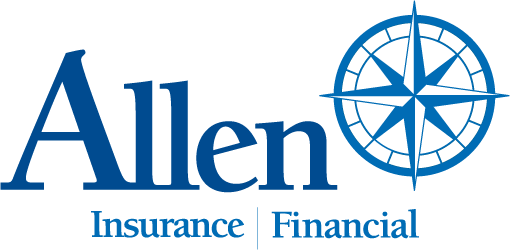


Sarah Ruef-Lindquist, JD, CTFA
Sarah Ruef-Lindquist, JD, CTFA, a financial planner at Allen Insurance and Financial in Camden, recently participated in a panel discussion at the Maine Planned Giving Council’s conference held in South Portland attended by approximately 150 professionals involved in the gift planning industry.
Attendees included development professionals and executives from non-profit organizations, and professionals who advise donors in estate or financial planning, including attorneys and accountants, from across the state.
Ruef-Lindquist has had a role in planned giving as an attorney, former trust officer and philanthropic advisor and consultant to non-profits across New England. She previously served as vice president for Southern Maine of the Maine Community Foundation and CEO of the Maine Women’s Fund.
Along with Kristen Farnham, Vice President of Development at Spurwink and Sarah McPartland Good, Director of Planning Giving at the University of Maine Foundation, Ruef-Lindquist led more than 40 people in a discussion about marketing planned giving, noting that one size does not fit every organization.
Ruef-Lindquist and the other panelists provided examples from organizations large and small, including universities, colleges, land trusts, social service organizations and others, demonstrating how to best reach those whose passions and loyalties to the mission of a particular organization compel them to consider making gifts through their planning to them.
Planned gifts often support building the long-term funds of organizations, including their endowment, and serve as a means of providing financial sustainability for the long term. Because of the projected intergenerational transfer of a vast amount of wealth occurring now in the U.S., the topic is of great interest to organizations and the advisors working with their donors.





